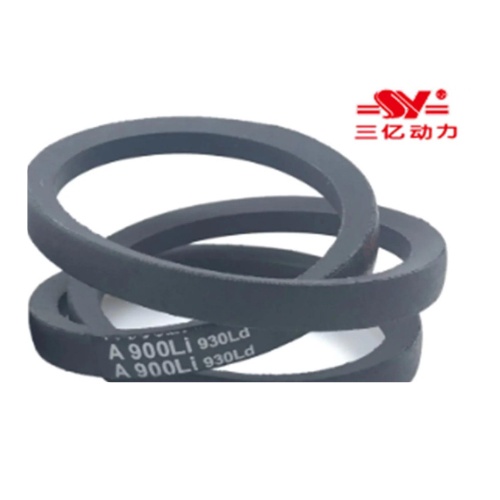Rubber belts are versatile components used across various industries, serving a multitude of purposes due to their flexibility, durability, and diverse applications. From automotive engines to manufacturing machinery, conveyor systems to agricultural equipment, these belts play a pivotal role in ensuring smooth operations. Let's explore the characteristics, types, applications, and innovations surrounding rubber belts in this comprehensive guide.
Characteristics of Rubber Belts
- Material Composition: Rubber belts are primarily made from synthetic or natural rubber compounds, reinforced with materials like fabric, steel, or fibers to enhance strength and endurance.
- Flexibility and Elasticity: Their inherent flexibility allows them to adapt to various shapes and sizes without compromising their structural integrity.
- Resistance to Abrasion and Wear: Rubber belts exhibit remarkable resistance to abrasion, ensuring prolonged lifespan even under challenging conditions.
- Temperature and Chemical Resistance: Depending on the composition, rubber belts can withstand a wide range of temperatures and resist damage from chemicals or oils.
- Noise Dampening: These belts often contribute to noise reduction in machinery, improving overall working conditions.
Types of Rubber Belts
- Timing Belts: Synchronized movement transmission in engines and machinery.
- V-Belts: Commonly used in engines and various industrial applications for power transmission.
- Flat Belts: Utilized in conveyor systems for transporting goods across distances.
- Ribbed Belts: Known for their use in automotive engines to power ancillary systems like alternators, water pumps, etc.
- Specialty Belts: Tailored for specific applications such as agricultural machinery or heavy-duty industrial equipment.
Applications Across Industries
- Automotive Industry: Rubber belts are integral components in engines, powering accessories and facilitating engine timing.
- Manufacturing and Conveyor Systems: Used in assembly lines and material handling systems for efficient production processes.
- Agriculture: Belts drive farm machinery like tractors, harvesters, and irrigation systems.
- Mining and Construction: Heavy-duty rubber belts are crucial in conveying materials and operating heavy machinery.
- Utilities and Power Plants: Power transmission belts facilitate the movement of energy within power generation systems.
Innovations and Future Trends
- Advanced Composite Materials: Incorporation of newer materials to enhance durability and performance.
- Smart Belts: Integration of sensors for real-time monitoring of belt health, enabling predictive maintenance.
- Environmentally Friendly Materials: Focus on developing eco-friendly rubber compounds to reduce environmental impact.
- Enhanced Efficiency Designs: Continued research for improved belt designs to optimize energy transmission and reduce waste.
- Automation and Robotics Integration: Adapting belts to complement automated systems for increased efficiency and accuracy.
Conclusion
Rubber belts are indispensable components in modern industries, enabling the smooth operation of machinery and systems across diverse sectors. Their adaptability, durability, and evolving innovations continue to drive efficiency and advancements in various applications. As technology progresses, the future holds promising developments in materials, designs, and functionalities for rubber belts, further solidifying their crucial role in numerous industries worldwide.


No comments yet